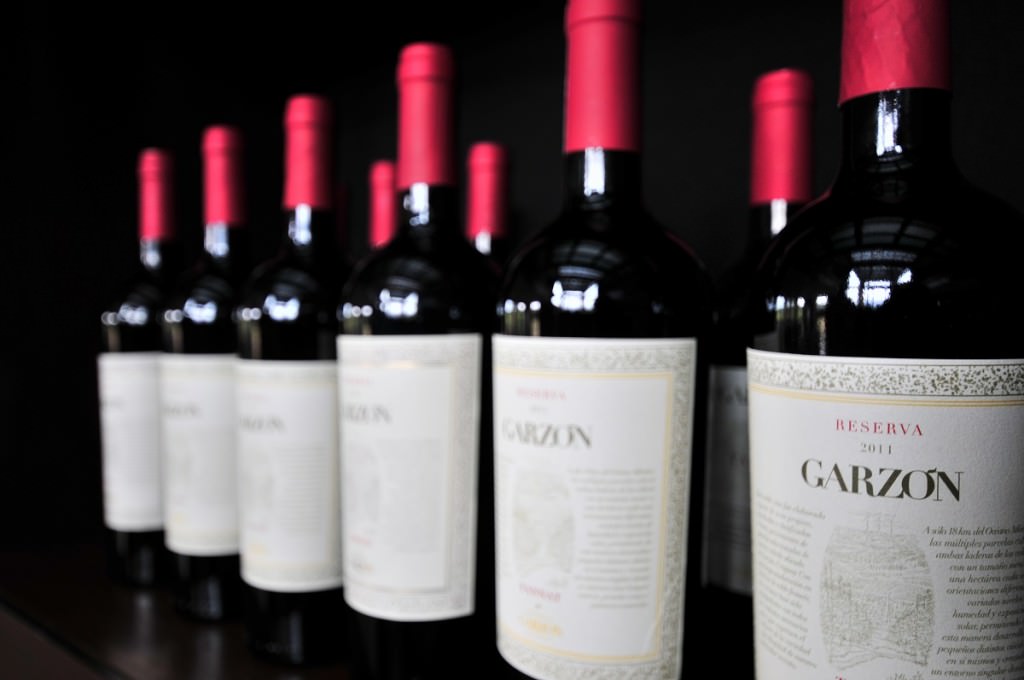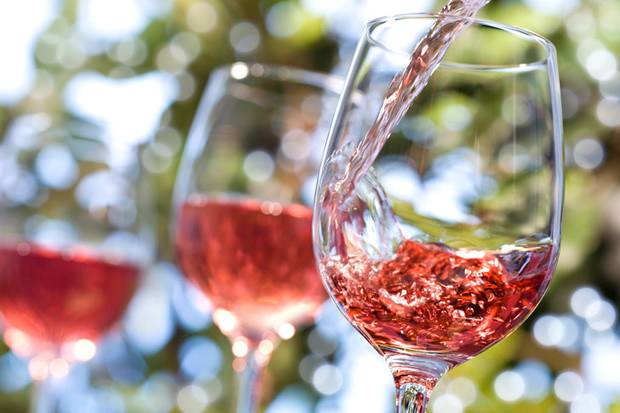Human sensory universe is mainly visual. Sight, unlike smell or taste, provides us with certain and clear impressions. It is an immediate, dynamic and accurate sense. Today we shall explore the visual phase in wine tasting.
Before drinking or smelling wine, it is essential to observe it. This initial phase requires little effort of both amateurs and wine professionals, and it makes it easier to provide an objective opinion at the time of tasting. Wine’s appearance provides plenty of information, it is not just a matter of colour. In this phase you can learn almost nothing about quality or taste, but you can get an idea of the wine’s age, variety, and state.
Which are the main attributes observed in this phase?
1.- Clarity and brightness. Clear wines, with no suspended particles, are more highly valued. Wines are said to have good brightness when they produce their own light. It is important to understand that clarity and brightness are not the same thing. A good wine should never be cloudy (with suspended particles). Wines lacking brightness also tend to have low acidity and, in consequence, be somewhat insipid. Most white and rosé wines tend to be bright due to their higher acidity.
2.- Fluidity. Depending on the grape variety and the method of elaboration, a wine may be more or less fluid. Barrel fermentation makes wines richer in glycerol (a type of alcohol), with a denser texture called glyceric texture. The easiest way to notice this characteristic is to observe a wine’s movement when the glass is swirled, and notice the tears or legs left on the inside of the glass. We invite you to try this with our Reserva Tannat wines.
3.- Bubbles. When tasting sparkling wines, carbonic gas is present in the form of bubbles. The more abundant and regular their release in an upward straight line, forming a crown or accumulation on the rim of the glass, the better the elaboration and ageing of the wine. In non sparkling wines, the presence of these bubbles is usually a bad sign as it evidences poorly controlled ageing. There are always exceptions and, in some young white and rosé wines, a carbonic trace (needle) is intentionally added to stress their freshness.
4.- Colour. Grape variety, elaboration, ageing, and conservation in the bottle determine wine’s colour, which is the most important characteristic to observe, as it can provide many clues about the wine’s age, condition, evolution, or alterations. We invite you to try this for yourself and see the differences between the 2014 and 2011 Garzón Tannats.
There is a basic principle when it comes to wine colour: “Over time, red wine becomes lighter, white wine becomes darker, and rosé wine becomes spoiled.” Polyphenols, which in wine are classified mainly into anthocyanins and tannins, are responsible for these changes in colour.
Young white wines are a bright pale yellow with golden iridescence and greenish highlights, due to their acidity. As they become older, they turn an intense golden yellow, gold, or even have amber shades. A very bright, golden white wine aged in a barrel may be young and its colour may be due to its contact with the wood.
A young rosé tends to be luminous, bright, of an intense and lively rose colour. Case in point, Bodega Garzón Pinot Noir Rosé. As they age, some varieties quickly develop salmon shades, with orange hues.
In turn, a young red is luminous, bright, of a lively, intense garnet or cherry colour, with a violet, fluid rim. As they age, red wines exhibit warmer hues, a ruby colour with orange shades, and a rust, or even brown, rim.
Colour intensity does not indicate quality in wine, but it does provide information about its structure. In fact, colour and tannin content generally go hand in hand. A strong, deep colour will almost certainly mean the wine is full in body and rich in tannins, as is the case of Bodega Garzón Reserva Tannat.
Colour is one of wine’s most fascinating qualities. Observing, smelling, tasting: each phase of wine tasting has its own appeal. Allow yourself to be enthralled by the visual phase, and enjoy a glass of your favourite Bodega Garzón wine.









